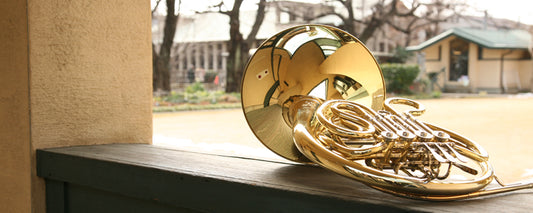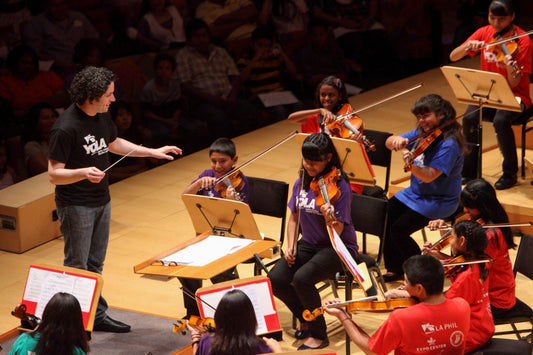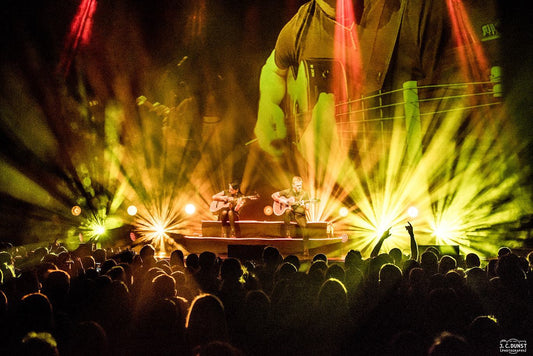Music Music Music

Music Stitches Together Our Social Fabric....
Music stitches together our social fabric in many ways. And it turns out, when music plays, we share the experience of melody, harmony and rhythm at a much more basic, personal...
Music Stitches Together Our Social Fabric....
Music stitches together our social fabric in many ways. And it turns out, when music plays, we share the experience of melody, harmony and rhythm at a much more basic, personal...

Choosing a Brass Instrument
The tone is affected by the material What is the bell made of? Because the timbre of a wind instrument is determined by the quality of the vibration of the...
Choosing a Brass Instrument
The tone is affected by the material What is the bell made of? Because the timbre of a wind instrument is determined by the quality of the vibration of the...

The Importance of Music Education
(This is an excellent article by Debra S. Minyard, 2015 New Mexico State Teacher of the Year) When I first started teaching in 1998, I believed fervently that...
The Importance of Music Education
(This is an excellent article by Debra S. Minyard, 2015 New Mexico State Teacher of the Year) When I first started teaching in 1998, I believed fervently that...

Did You Get A Musical Instrument for Christmas?...
We teach: Guitar, Piano, Voice, Drums, Bass, Flute, Clarinet, Saxophone, Trumpet, Trombone, French Horn, Baritone, Violin, Viola, Cello, String Bass, Mandolin, Ukulele.. ALL IN ONE LOCATION!!!
Did You Get A Musical Instrument for Christmas?...
We teach: Guitar, Piano, Voice, Drums, Bass, Flute, Clarinet, Saxophone, Trumpet, Trombone, French Horn, Baritone, Violin, Viola, Cello, String Bass, Mandolin, Ukulele.. ALL IN ONE LOCATION!!!

THE Reason to Shop for Wooden Instruments Locally
It turns out no. Not all of them anyway. Or that's what Keith claimed. In Shine a Light, he said that he doesn't get all these cats who have whole trucks full...
THE Reason to Shop for Wooden Instruments Locally
It turns out no. Not all of them anyway. Or that's what Keith claimed. In Shine a Light, he said that he doesn't get all these cats who have whole trucks full...

Shop for Instruments with Your Hands and Ears
Rodrigo y Gabriela duo of guitarists grew up playing flamenco with acoustic guitars in their hands, learning from their grandfather. At the same time, children of the 80s. Teenagers obsessed...
Shop for Instruments with Your Hands and Ears
Rodrigo y Gabriela duo of guitarists grew up playing flamenco with acoustic guitars in their hands, learning from their grandfather. At the same time, children of the 80s. Teenagers obsessed...
